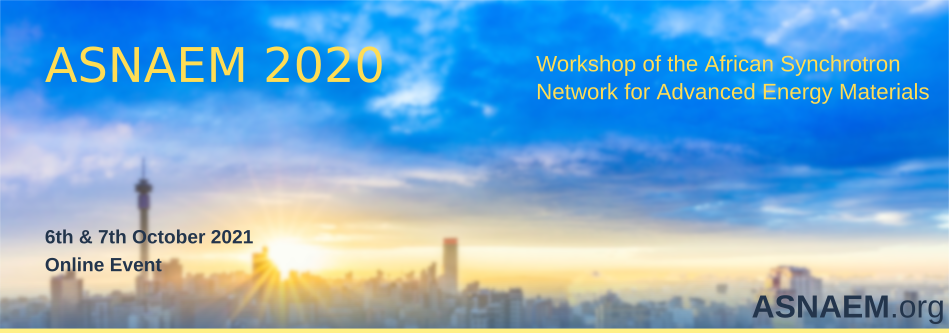Speaker
Description
NASICON-type LiTi2(PO4)3 (LTP) has been studied as a potential solid-state electrolyte material in Li ion batteries (LIBs), owing to its thermal stability and fast ionic mobility. 1 The structure of LTP consists of TiO6 octahedra corner-linked to PO4 tetrahedra, forming a helix about the c-axis. Li can occupy two sites in the structure: the more stable six-fold O coordinated M1 and the eight-fold O coordinated M2, which is less stable. The net ionic movement is described as M1-M2-M1. The 3D network allows for the migration of alkali ions through the structure, making the material a candidate as an electrolyte in LIB. However, its room temperature conductivity in the order of 10-7 S/cm is too low for practical applications in LIBs. 1,2 Research around this class of materials has been focused on ways to increase their conductivities, including tuning the bottleneck size by substituting Ti4+ with other cations such as Zr4+ and Hf4+, and increasing Li+ concentration by lattice site substitution with M3+ cations as in Al-doped LTP. 3, 4 In the former case, substitutions in the framework with cations of larger ionic radii increase the lattice constants a and c, resulting in a bigger bottleneck size, thus higher conductivity of the mobile cations, Li+. In Al3+-doped systems, the presence of excess Li+ required for charge balance, increases the amount of charge carriers.
In this work, we investigate the effect of Al3+/Sn4+ co-doping at the Ti4+ site on the room temperature conductivity of LTP. The structural properties have been studied using synchrotron PXRD and pair distribution function (PDF). Raman spectroscopy provided insight on the changes in local order around the substitution sites as well as confirming the phase composition of the material in question. LATSP showed improved ionic conductivity of 8.04 × 10-6 S/cm.
References
1. Meesala, Y., Jena, A., Chang, H. and Liu, R.S., 2017. Recent advancements in Li-ion conductors for all-solid-state Li-ion batteries. ACS Energy Letters, 2(12), pp.2734-2751.
2. Bachman, J.C., Muy, S., Grimaud, A., Chang, H.H., Pour, N., Lux, S.F., Paschos, O., Maglia, F., Lupart, S., Lamp, P. and Giordano, L., 2015. Inorganic solid-state electrolytes for lithium batteries: mechanisms and properties governing ion conduction. Chemical reviews, 116(1), pp.140-162.
3. Lang, B., Ziebarth, B. and Elsässer, C., 2015. Lithium ion conduction in LiTi2(PO4)3 and related compounds based on the NASICON structure: a first-principles study. Chemistry of Materials, 27(14), pp.5040-5048.
4. Wang, S., Ben, L., Li, H. and Chen, L., 2014. Identifying Li+ ion transport properties of aluminum doped lithium titanium phosphate solid electrolyte at wide temperature range. Solid State Ionics, 268, pp.110-116.

